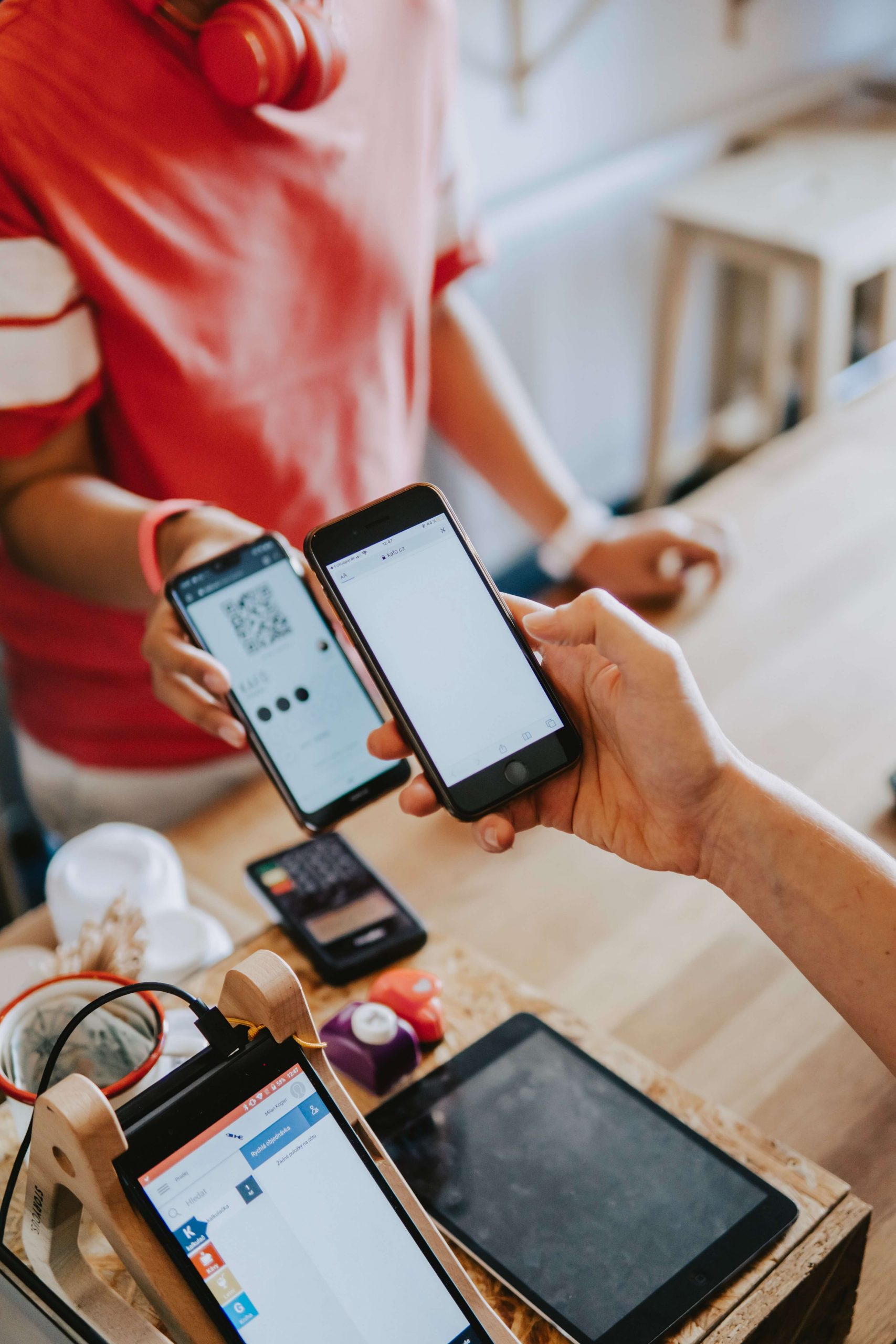The Latest Disruptor in Digital Payment: What Are Invisible Payments?
Posted on
If you’re in ecommerce, you’ve seen that it’s an exciting time for digital payments. Digital wallets are coming to Android, and “buy now pay later” is coming to Apple Pay. Those are just two of the big changes in digital payments.
If you want to move your business into this new era, all while transforming your customer service, you should think about moving to an invisible payments system.

What are invisible payments?
“Invisible payments” refers to any payment made to the customer automatically, without them having to lift a finger. As ecommerce businesses try to find easier ways for customers to make transactions on any channel, invisible payments will become more common after the leadership of companies like Amazon, Alipay in China, and Uber.
As brands strive to serve busy customers, it’s obvious when considering time management techniques that if customers have a choice between two mobile food delivery apps, they’ll go for the one that doesn’t require them to search for their credit card.
When companies have a customer’s payment info on file, and that customer’s phone has a biometric sensor, it’s easy to validate the payment with a quick scan of their face or their fingerprint.
Benefits of invisible payments
Invisible payments are particularly useful for food delivery apps, where the time-pressed customer can just click to confirm their order. From there, payment can be taken automatically while they’re moved onto a progress report on their order. When customers are treating themselves, the delivery of this kind of step-by-step, workflow builder style of UI is what customers are interested in, not the details of their receipt.
Other significant business advantages of invisible payments include:
- Reduced human error. The Amazon Go grocery store uses invisible payments so that customers can just walk out. By removing the cashier, the whole transaction is streamlined and the chance of error is reduced.
- Speedier processes. By removing the friction of the payment step, you can provide faster experiences for customers and staff. Uber, for example, uses invisible payments so customers can just get out of the car and the driver can move on to the next ride.
The power of invisible benefits
Invisible payments free you up to do whatever it is you do best. Whether it’s prepping food or helping customers pick the perfect gift, you no longer need to stop to collect payments that technology can take for you.
 Matthew Cooper – Marketing Automation & Operations Manager, Global App Testing
Matthew Cooper – Marketing Automation & Operations Manager, Global App TestingMatthew Cooper is the Marketing Automation & Operations Manager at Global App Testing, a best-in-class software testing company that has helped top apps such as Facebook, Google, Microsoft, and Craigslist deliver high-quality software at speed all over the world. Matthew has over 14 years of experience on what is automation testing , I.T Networking, Software & Services Industries. He is highly skilled in Search Engine Optimization (SEO), Content Marketing, Digital Advertising, Social Media Management, WordPress, Email Marketing, Marketing Automation, CRM, and People Management. Matthew Cooper has also written for domains such as BigCommerce and Custify. You can find him on LinkedIn.
